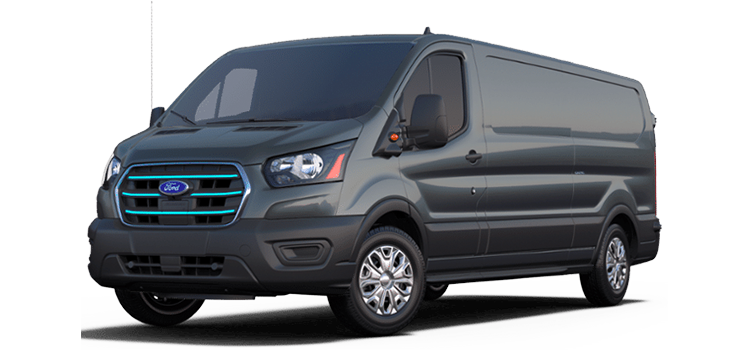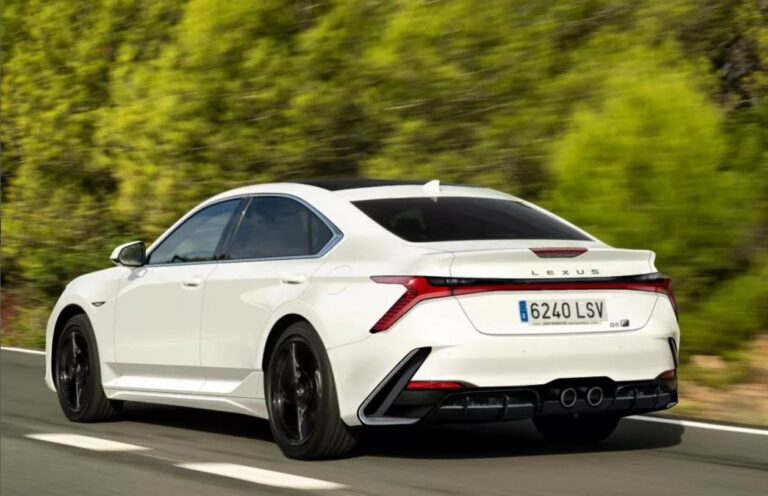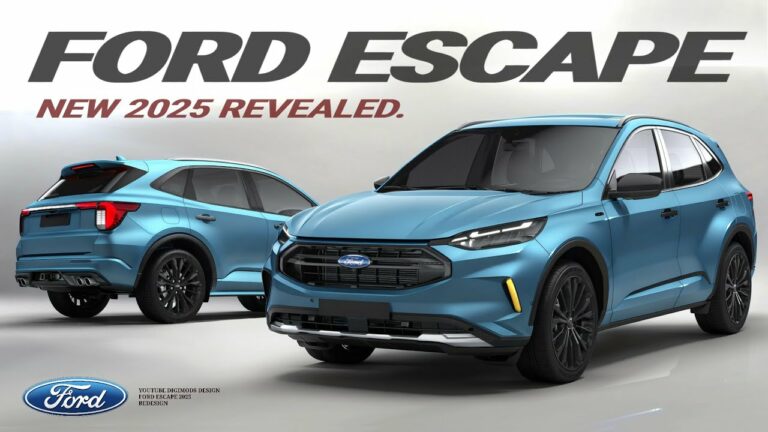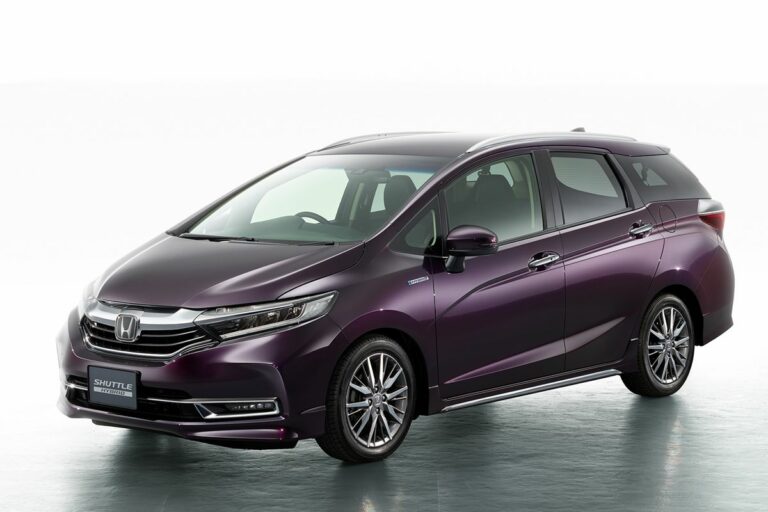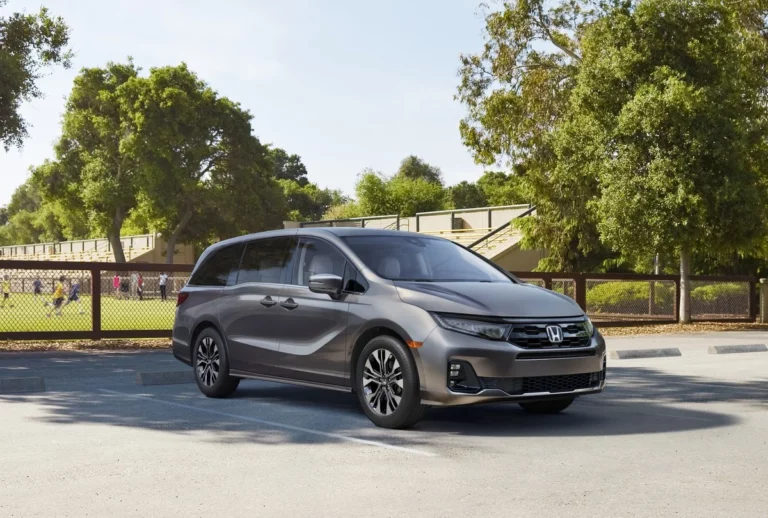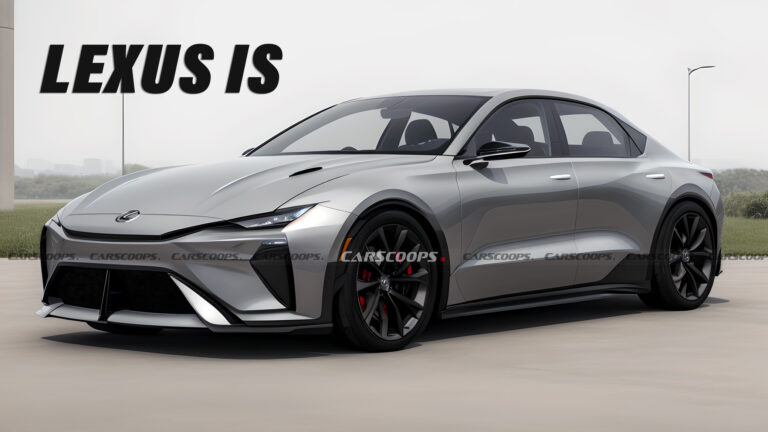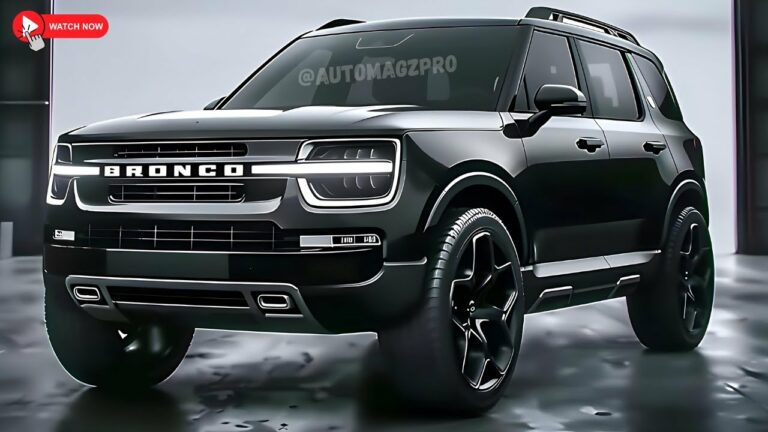New 2025 Ford E-Transit
Comparisons with Competitors

The 2025 Ford E-Transit competes in the burgeoning electric van segment, facing stiff competition from established players and emerging startups alike. In this section, we will delve into the key differences and similarities between the E-Transit and its rivals, highlighting their strengths and weaknesses.
Features and Specifications
The E-Transit boasts an impressive suite of features, including advanced driver-assistance systems (ADAS), a spacious cargo area, and a user-friendly infotainment system. Its competitors, such as the Rivian EDV and the Mercedes-Benz eSprinter, offer comparable features, but some may have a slight edge in specific areas. For instance, the Rivian EDV features a more comprehensive ADAS suite, while the eSprinter offers a larger cargo capacity.
Pricing and Availability
Pricing for the E-Transit starts at around $45,000, making it competitive with its rivals. The Rivian EDV has a slightly higher starting price, while the eSprinter is priced slightly lower. Availability of these vehicles may vary depending on region and demand, so it’s important to check with local dealerships for the latest information.
Table of Key Differences
To provide a clear comparison, here is a table summarizing the key differences between the 2025 Ford E-Transit and its competitors:
| Feature | E-Transit | Rivian EDV | Mercedes-Benz eSprinter |
|—|—|—|—|
| Cargo Capacity | 487 cu. ft. | 500 cu. ft. | 510 cu. ft. |
| ADAS Suite | Standard | Advanced | Optional |
| Infotainment System | SYNC 4 | Rivian OS | MBUX |
| Starting Price | $45,000 | $50,000 | $40,000 |
Market Potential and Target Audience

The 2025 Ford E-Transit has a significant market potential due to the increasing demand for electric commercial vehicles. Businesses and consumers are looking for sustainable and cost-effective transportation solutions, and the E-Transit offers a compelling option.
The target audience for the E-Transit includes:
- Businesses: The E-Transit is ideal for businesses with fleets of delivery vehicles, such as courier companies, logistics providers, and retailers. Its zero-emission operation can help businesses reduce their carbon footprint and meet environmental regulations.
- Consumers: The E-Transit can also cater to consumers who need a spacious and versatile vehicle for personal or recreational use. Its electric powertrain offers lower operating costs compared to gasoline-powered vans.
Impact on the Electric Van Market
The introduction of the E-Transit is expected to have a major impact on the electric van market. It is one of the first full-size electric vans to be offered by a major automaker, and its competitive pricing and advanced features make it an attractive option for businesses and consumers.
The E-Transit is likely to drive adoption of electric vans and accelerate the transition to a zero-emission transportation sector. Its success could encourage other automakers to invest in the development of electric commercial vehicles, further expanding the market and providing more options for businesses and consumers.
FAQ
What sets the New 2025 Ford E-Transit apart from its competitors?
The E-Transit boasts a unique combination of advanced technology, exceptional performance, and a commitment to sustainability. Its electric powertrain delivers instant torque and acceleration, while its comprehensive suite of driver-assist technologies enhances safety and convenience. Additionally, the E-Transit’s spacious interior and customizable cargo configurations cater to the diverse needs of businesses and consumers.
How does the E-Transit’s electric powertrain contribute to its performance?
The E-Transit’s electric powertrain provides instant torque, resulting in exceptional acceleration and responsiveness. Its advanced battery technology ensures an impressive range, while the regenerative braking system captures energy during deceleration, extending the vehicle’s range even further.
What are the key technological advancements incorporated into the E-Transit?
The E-Transit is equipped with an array of cutting-edge technologies, including a user-friendly infotainment system with intuitive connectivity features. Advanced driver-assist technologies such as lane-keeping assist, adaptive cruise control, and automatic emergency braking enhance safety and reduce driver fatigue. Additionally, the E-Transit’s telematics system provides valuable insights into vehicle performance and maintenance.
